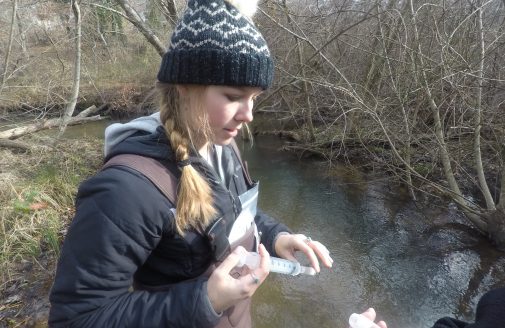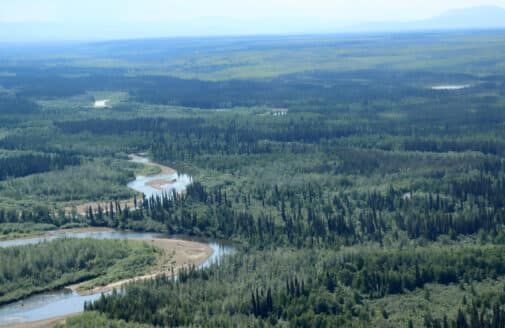Assessing new salt marsh restoration technique in Buzzards Bay
Pilot project tests effectiveness of runneling
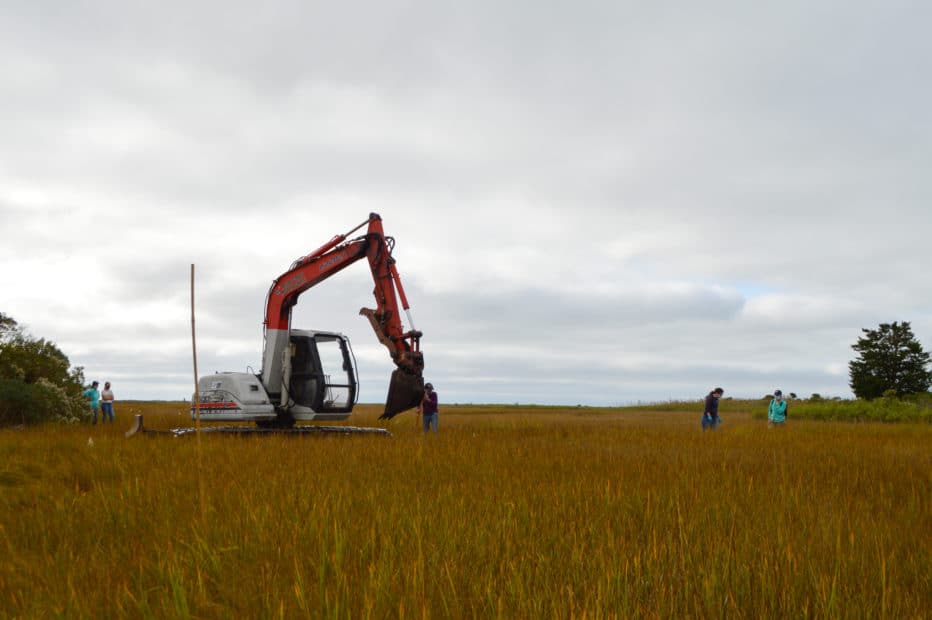
Woodwell Climate Research Center is working with local partners to address the problem of salt marsh decline along Massachusetts’ Buzzards Bay by assessing a restoration technique, known as runneling, that has been shown to be effective in other places in the Northeast. The work could reverse ongoing losses in some marshes and help guide new restoration projects.
The project is a partnership involving the Buzzards Bay Coalition, the Buzzards Bay National Estuary Program, Save The Bay in Rhode Island, the U.S. Geological Survey, and the Bristol County Mosquito Control Commission. The team is working with local landowners—the Dartmouth Natural Resources Trust (DNRT) and the Town of Fairhaven—on the study.
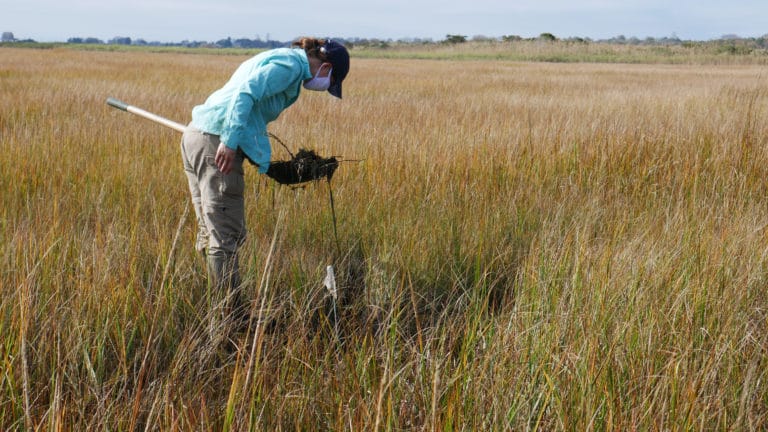
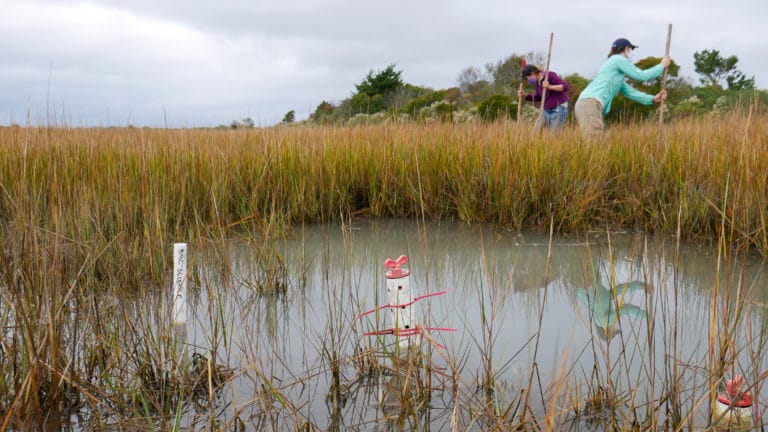
Photos by Michael Graca, Buzzards Bay Coalition
The work is critical because salt marshes are not only beautiful but also vital natural resources. Marshes filter out pollution from reaching the Bay, provide habitat for wildlife, and protect homes from flooding. However, increasing stress from pollution and sea level rise is leading to the dramatic loss of many of these critical habitats, which further endangers the long-term health of the Bay.
“We can never fully improve and preserve Buzzards Bay and its water quality, if we stand by as the Bay loses its salt marshes. These marsh habitats play an essential role in sustaining a healthy Bay ecosystem, and over the past two decades, we’ve seen dramatic and accelerating losses of marshlands,” said Mark Rasmussen, president of the Coalition.
Rachel Jakuba, Ph.D., the science director for Buzzards BayCoalition, notes that some of the challenges facing salt marshes come from what are known as interior “die-back areas”—places where increasing high tides are leaving more water stranded on the marsh, rather than draining away when the tide recedes. The standing salt water kills marsh plants that are adapted to dry conditions at low tide. In addition, these areas of impounded water create mosquito breeding habitat that can pose public health threats.
“These die-back areas threaten the marsh. They expand over time, effectively eating the marsh from the inside out as these areas grow,” said Dr. Alice Besterman, a post-doctoral researcher with Buzzards Bay Coalition and Woodwell Climate Research Center who is coordinating the research of this promising restoration technique to shrink die-back areas.
Runnelling is a restoration techniquein which shallow channels are dug in the marsh to aid the natural tidal flow and drain impounded water.
“The idea is for the standing surface water to drain out of these die-back areas, which should allow for vegetation to begin growing back, restoring other ecosystem properties,” said Besterman. The strategy has been employed in Rhode Island by project partner Save The Bay, but this marks only the second time it is being tried in Buzzards Bay.
The project team worked with local officials, conservation agents and landowners to evaluate twelve sites for their potential to benefit from runnelling, settling on salt marshes on Allens Pond in Dartmouth and Little Bay in Fairhaven, both of which have multiple die-back zones. The pilot runnels were completed at Ocean View in late October; work at Little Bay is ongoing.
“The salt marsh here at Ocean View Farm is home to several rare and endangered species,” said Linda Vanderveer, Land Manager for DNRT. “Seeing die-back in the marsh is concerning, especially for the wildlife that depend on it for nesting, feeding, and shelter. We are excited to work with the Coalition and all of the project partners to try and restore the health of the marsh not only for the benefit of wildlife, but also so that others may benefit. It’s our hope that the runnelling technique will advance the science of salt marsh restoration on the South Coast.”
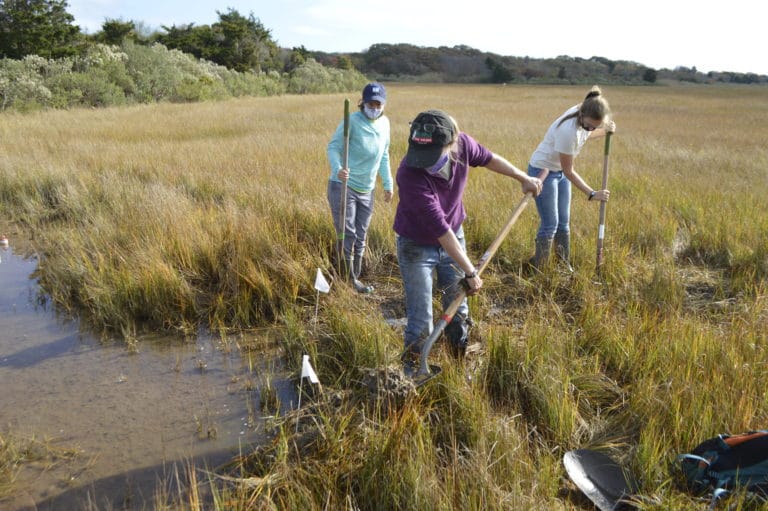
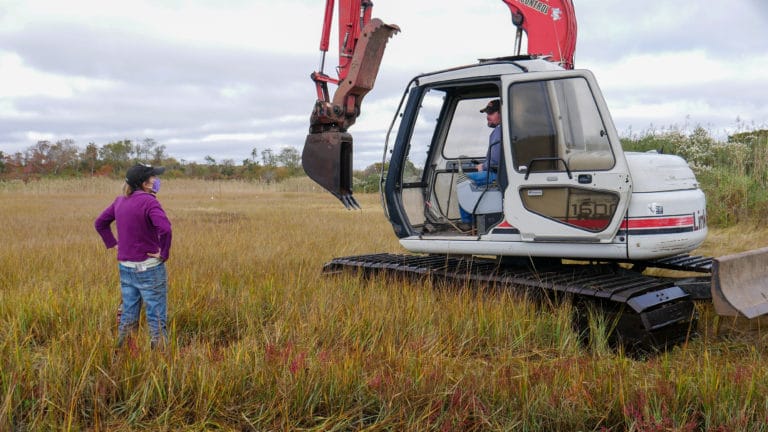
Photos by Michael Graca, Buzzards Bay Coalition
The installation of the runnels takes place partly by hand and partly through the use of a specialized excavator operated by the Bristol County Mosquito Control Commission. The equipment is designed to minimize impact on marsh vegetation. In fact, it exerts less pressure per square foot than a human foot, making it possible to install the runnels quickly and with minimal impact to the environment.
The effect of the created runnels will be assessed as a part of multi-year study, including monitoring on “treatment” areas where runnels have been created, and “reference” areas where no action was taken. Before the runnels could be installed, Besterman and colleagues conducted a months-long study of the salt marshes— including soil composition, water levels, marsh levels, and plant surveys as well as other ecosystem properties. In all, the team gathered 69,000 water level measurements, 680 marsh elevation readings, and vegetation surveys at 400 plots. Gathered data will be used to assess whether and how the technique contributes to strengthening the health of the marshes and which marshes are good candidates for using runnels.
“The goal of restoration is to enhance the resilience and self-sustaining nature of marshes. Careful scientific studies like this one are important to ensure that our actions have the desired effect and do not have unintended consequences that endanger the sustainability of marshes in the face of climate change,” said Dr. Linda Deegan, senior scientist at Woodwell Climate Research Center. “Before widespread implementation, we need to understand when runnels can help and when they are not appropriate.”
Halting the decline of the Bay’s salt marshes not only will help efforts to improve water quality, but it will also protect critical habitat for myriad fish and shellfish species that spawn, grow and live in these areas. Coastal developments will also benefit, as marshes help to absorb the energy of ocean waves and absorb the temporary flooding caused by storm surges.
This project is supported by Southeast New England Program (SNEP) Watershed Grants. SNEP Watershed Grants are funded by the U.S. Environmental Protection Agency (EPA) through a collaboration with Restore America’s Estuaries (RAE). For more on SNEP Watershed Grants, see www.snepgrants.org.
Latest in Water
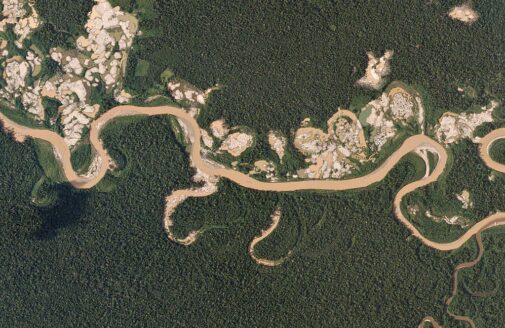
- In The News
Gold mining causes long-lasting damage in the Amazon rainforest
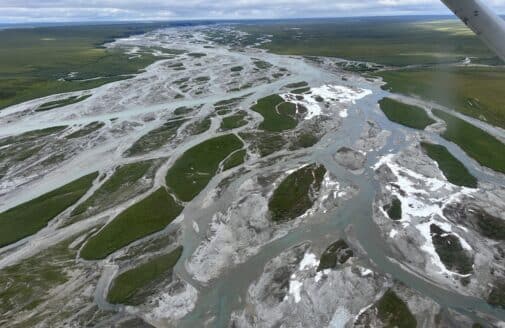
- In The News




